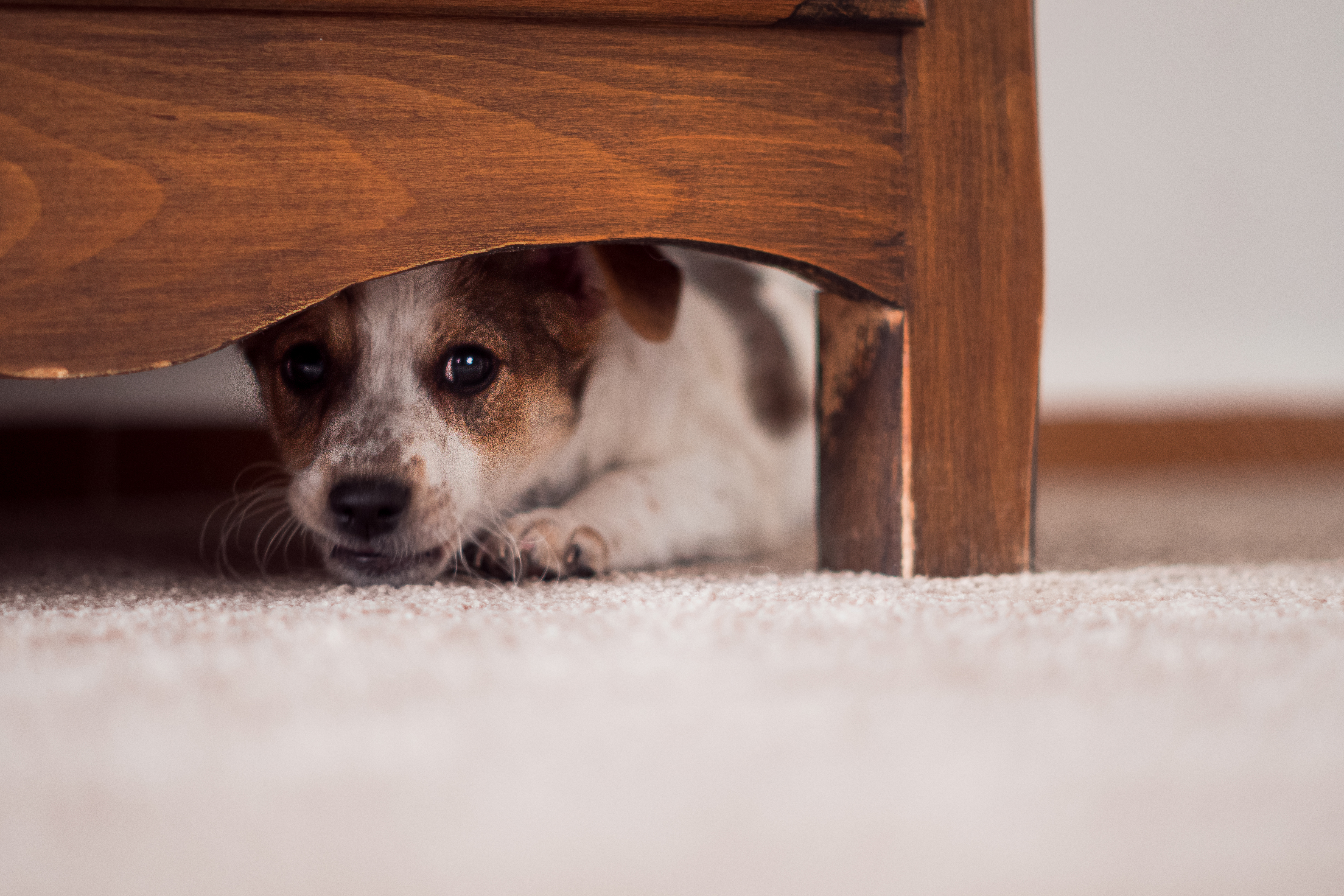
Weathering The Storm with Your Pets
When the weather is getting wicked, Be Prepared, Not Scared. Wise advice from the Federal Emergency Management Agency (F.E.M.A.). And a great motto to live by for both you and your family, which, of course, includes your pet!
Imagine:
The rain is coming down in sheets.
The wind has picked up with head-spinning gusts. You hear a deafening crack.
A tree falls.
Power is out.
The storm, the darkness can be overwhelming and scary but you are prepared. You have flashlights, candles, a medical kit, food, and water for you.
But what about your pet?
Dogs and cats sense inclement weather. They feel it in their bodies. They are sensitive to the sounds of intense rain and thunder. The brightness of lightening surprises and startles them.
They may shake.
They may hide.
They may pace and whine as the storm approaches.
They may also pick up signs of stress from their pet parent.
Some dogs and cats intuitively seek safety in bathtubs, some under tables, but most often they cling right beside you on the couch or underfoot as you make emergency preparations.

Luckily you’re prepared, you’ve included your pet’s needs in your emergency plans.
Here are some tips to keep your pet safe while you weather the storm.
- Create a separate emergency kit for your pets to include:
- Food and water for minimum 3 days
- Towels
- Vet and microchipping records and medicine
- First aid kit containing staples like: hydrogen peroxide, absorbent gauze pads, adhesive tape, gauze (which can also be used as a muzzle to prevent bites as you tend to a wounded dog), eye saline solution and tweezers.
- Personal pet items like a blanket or favorite toy to help reduce stress
- Collar with ID and rabies tag and leash
- A picture of you and your pet to help claim him/her should you get separated as many animal control agencies and shelters will demand proof before handing over a rescued pet.

Note: You will want to tailor your kit to your pet so it’s a good idea to check with your vet on other medical and nutritional items you may want to include.
- Have a crate ready in case you need to move from your current location to a safe area. Your pet may feel more comfortable if in a designated space surrounded by some of its personal belongings.
- Listen to weather reports and if possible keep a line of communication open with family and friends so they are aware of your location and plans.
Stay Safe!
